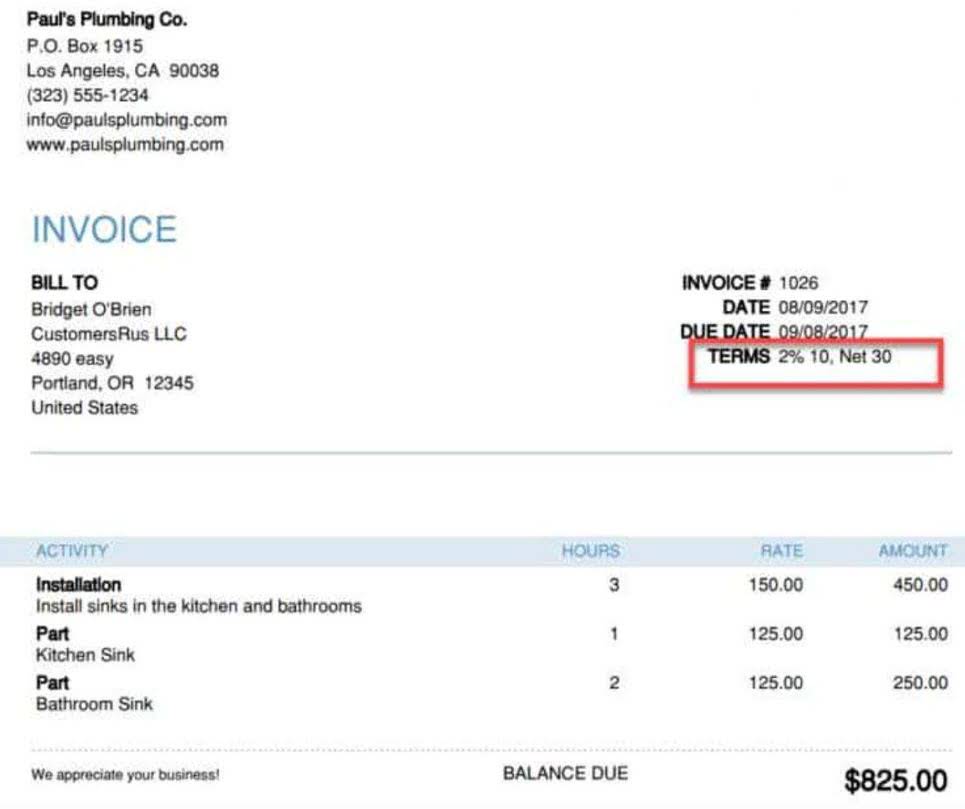
Closing journal entries are made at the end of an accounting period to prepare the accounting records for the next period. They zero-out the balances of temporary accounts during the current period to come up with fresh slates for the transactions in the next period. If the Income Summary has a debit balance, the amount is the company’s net loss. The Income Summary will be closed with a credit for that amount and a debit to Retained income summary Earnings or the owner’s capital account. Next, if the Income Summary has a credit balance, the amount is the company’s net income.

Importance of Income Summary Account for Your Business
By transferring the net balance to retained earnings, the account enables a clear reflection of the organization’s financial performance and positioning on the balance sheet. By utilizing the trial balance data, the income summary account helps in reconciling the financial records at the end of the accounting period. This final step ensures that all revenues and expenses have been accounted for accurately, leading to a comprehensive understanding of the company’s financial performance for the period. This account plays a crucial role in the closing process at the end of an accounting period, as it serves as a temporary holding place for the net income or net loss.
How to Calculate Operating Working Capital?
The Retained Earnings Account, therefore, has a direct impact on the balance sheet, as it contributes to the overall equity position of the company. Understanding the distinctions between these two accounts is crucial for accurate financial statement reconciliation and an in-depth comprehension of the company’s financial health. From the perspective of a financial analyst, the income summary provides a snapshot of the company’s profitability. They may delve into the components that led to the final figure, assessing which areas have overperformed or underperformed. For instance, if the income summary indicates a lower net income than expected, an analyst might scrutinize the expense accounts to identify any anomalies or areas where efficiency can be improved. Another common misconception is that the balance of the Income Summary Account is an indicator of a company’s financial health.

Accounts Receivable Ratios
Its purpose is to ensure that all temporary accounts, including revenues, expenses, and the Income Summary account, now hold zero balances. Yes, the income summary is a temporary account used to summarize revenues and expenses for a specific period before transferring the net income or net loss to the retained earnings account. It is reset to zero at the end of each accounting period and does not carry a balance forward. To close revenue accounts, which typically have credit balances, the individual revenue accounts are debited for their full balances, effectively reducing them to zero. Correspondingly, the income summary account is credited for the total amount of these revenues.
- Its purpose is to consolidate all revenue and expense balances at the close of an accounting period.
- This ensures they are reset for recording transactions in the subsequent accounting period.
- After these two entries, the revenue and expense accounts have zero balances.
- After all revenue and expense accounts have been closed into it, the Income Summary account holds a balance representing the company’s net income or net loss for the period.
- Accurate income summary management is a cornerstone of financial reporting and accounting.
The income summary account’s role in this process cannot be overstated, as it is the key to ensuring that all revenues and expenses are accounted for in the correct period. By understanding and properly executing closing entries, businesses can maintain accurate and reliable financial records, which is fundamental to sound financial management and reporting. In the realm of accounting, the classification of accounts into temporary and permanent categories is a fundamental concept that underscores the cyclical nature of the accounting process. Temporary accounts, also known as nominal accounts, are primarily used to track transactions within a specific accounting period. They include revenue, expense, and withdrawal accounts, which are eventually zeroed out and their balances transferred to permanent accounts at the end of the period. This transfer is facilitated through the income summary account, a temporary account that serves as a conduit for closing entries.
- It’s a temporary account used specifically for the closing process, which helps in transitioning the balances from temporary accounts to permanent ones.
- Accounts that represent the ownership interest of each partner in a partnership, showing their contributions and share of profits or losses.
- Another common misconception is that the balance of the Income Summary Account is an indicator of a company’s financial health.
- The account ensures that individual revenue and expense accounts are reset to zero, providing a clean slate for the subsequent accounting period.
- This account helps prepare financial statements and determine a business’s profitability for a specific period.
Step 1: Close Revenue Accounts to Income Summary
These credited expense amounts are then transferred as debits to the Income Summary account. This process ensures that all revenue and expense accounts begin the next accounting period with a zero balance, ready to record new transactions. The Income Summary Account serves as a temporary account that is used to close revenue and expense accounts at the end of an accounting period. This action transfers their balances to the Retained Earnings Account, which reflects the cumulative sum of the company’s profits and losses over time. In the grand tapestry of accounting, the Income Summary Account stands QuickBooks Accountant out as a pivotal element, albeit a temporary one.
Final Disposition of the Income Summary Balance
The income summary account, a temporary account, holds the net income or loss for a period until it is closed to retained earnings. The income summary account accumulates revenue and expense account balances at the end the income summary account is used to: of an accounting period. The income summary account is used to determine the net income or loss for a period. The income summary account is closed to retained earnings at the end of an accounting period. After closing revenue accounts, the balances of all expense accounts are transferred to the Income Summary account.

Understanding the Final Income Summary Balance
For auditors, it’s a focal point for verifying the accuracy of recorded transactions. Investors and analysts view the Income Summary as a snapshot of the company’s financial health, indicative of management’s prowess in steering the organization towards profitability. Investors scrutinize the income summary to gauge the company’s profitability trends. Sharp fluctuations can raise red flags, suggesting potential volatility in earnings, which could impact investment decisions.
Close revenue accounts
For example, a consistent increase in net income reflected in the income summary might encourage a business owner to expand operations or explore new markets. Many believe that the Income Summary Account is a permanent fixture in the general ledger. However, it is a temporary account created at the beginning of the closing process and zeroed out once the process is complete.

